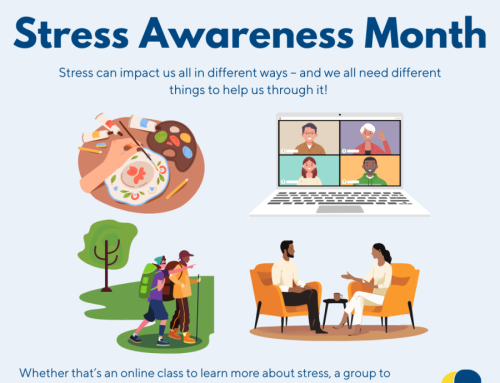Nazia from Better in Kirklees talks about living and working with asthma.
Organised by the Global Initiative for Asthma, May 1st marks World Asthma Day 2018. It is a day committed to improve asthma awareness and care around the world, with this year marking its 20th anniversary. According to the World Health Organisation, 300 million people suffer from asthma globally, whilst it’s the most common chronic disease that children get diagnosed with. In the UK, we have among the highest prevalence rates of asthma symptoms in children worldwide, with asthma attacks hospitalising someone every 8 minutes; that’s 185 people that are admitted to hospital because of asthma attacks every day in the UK (asthma.org).
Asthma is a disease that causes the respiratory system to not work as well as it should. It does so by inflaming the airways within the lungs and chest, making it far more difficult to get the right levels of air through your breaths. The inflammations, which are usually chronic, essentially cause the air passageways to narrow, limiting the amount of air that
can pass through them. Without the right support in place, this can lead onto more serious respiratory problems, such as an asthma attack.
Unlike most of my peers who got diagnosed with asthma in early childhood, I found out I had asthma when I was around 15. I used to be quite active in sports at school, participating in running, netball and hockey and I loved P.E to the extent that I would fall out with friends for “forgetting” to bring their P.E kit! When active, I noticed that I used to wheeze and struggle a lot to catch my breath, but I never really thought anything of it. It never really got mentioned or picked up by teachers or even at home. And with my teenage naivety in full force, I assumed that it was just an inevitability of getting tired whilst running around (even though everyone else seemed totally fine). I think back then, admitting that I had problems with breathing, meant succumbing to defeat, and I didn’t want to be that person who has to sit out because of a personal limitation. I just ignored all the symptoms and continued as usual.
It was on a spring afternoon one time at high school, during a game of rounder’s that I fainted. Fainting from asthma occurs when the brain doesn’t receive enough oxygen, which as we know, is a key feature for our survival. It triggered my first ever peak flow examination in the GP’s consultation room, which led to a prescription of Salbutamol, used for relieving and Beclomethasone, used for prevention of symptoms. Little did I know back then that I had been diagnosed with a chronic respiratory health condition. At this point, my other allergies were also very active, and I found out that with the addition of asthma thrown into the mix, I was diagnosed with what is medically known as Atopic Triad; this is the genetic tendency to develop the classic allergic diseases; atopic dermatitis (eczema or skin photosensitivity), allergic rhinitis (hay fever), and asthma. Atopy involves a heightened immune response to common environmental proteins, such as house dust mite, grass pollen, and food allergens. Luckily, I don’t have any serious food allergies, besides having to limit how many almonds and fish I can have (anything else would be a nightmare as I love all foods!).
Living with the atopic condition means that managing my asthma during springtime can prove to be especially difficult. The change in air quality and with it being a hotspot for environmental allergens, can trigger heightened feelings of fatigue due to difficulties sleeping, irritation, low mood and feelings of anxiety, whilst it can also prompt awkwardness in social situations. It is important to be mindful that normal activities such as group walking or sitting on a patch of grass with your friends on a sunny day aren’t always so ‘normal’ for people living with asthma, dermatitis and rhinitis. To avoid the awkwardness, and fear of not being taken seriously, most times in the past, I have just gone along with it and dealt with the consequences later. However, I have learnt to be a lot more honest with myself, to listen to my body more, and have taken opportunities like this to raise awareness amongst friends and peers.
In terms of health and wellbeing, research suggests that the best exercise for people living with asthma is swimming, as it strengthens the vital muscles in the lungs used for breathing, as well as exposing the lungs to much needed warm and moist air. I’m not much of a swimmer myself, but I thoroughly enjoy hiking, walking and martial arts. I find that within the Wing Tsun martial arts practice, the meditative forms known as Siu Nim Tao, have really helped with my breathing and has made me a lot more mindful of my breathing rhythm. Not only has the meditative breathing helped, it has made me feel
more confident in myself, and unlocked my ability to run better (although still not that great!).
There’s a myth that people who are asthmatic have the condition because they are unhealthy, unfit and lazy, or that we have caused lung damage by smoking! This is far from true and if anything, it takes great determination for people living with the condition to challenge themselves physically and reach great outcomes. So what, if some of us need to rely on a blue man made pump of oxygen mist in order to do so?





